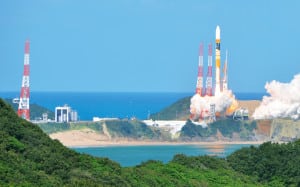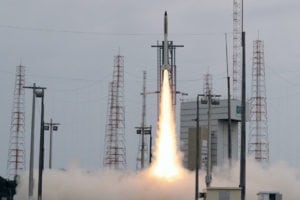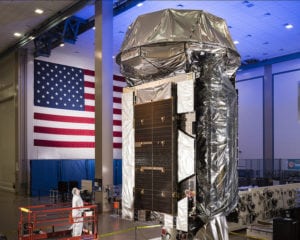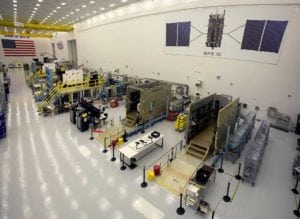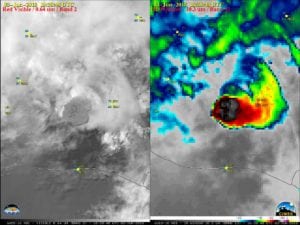June 14, 2018
General Dynamics Mission Systems has received a contract from the U.S. Navy to restore and maintain a satellite system simulator for students at the Naval Postgraduate School, Spacecraft Research and Design Center / Adaptive Optics Center of Excellence. The simulator, a model of a Navy Fleet Satellite (FLTSAT) communications satellite, will help students hone their skills...
Government/Military 
